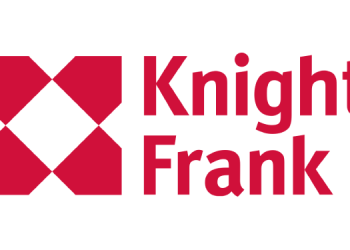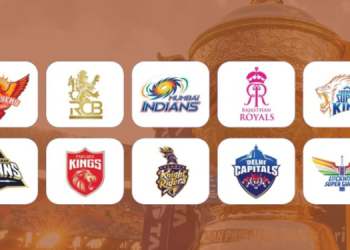According to Admitad, a performance marketing-focused IT solution provider, Indian shoppers increased their orders by 65% and their spending by 64% during the sale week compared to the “usual” period. Once again, the three categories with the highest sales were apparel, home goods, and electronics. However, sales of electronics declined significantly this year, and they are no longer on their pedestal.
“Golden week” increases sales not just on Friday
Experts in the field claim that orders have, on average, increased from 2% to 15% from the previous year. Compared to 2021 or 2020, this increase is more moderate. However, the mere fact that growth is occurring in the current economic climate and amid rising inflation is unquestionably a good sign for business. Users will still make purchases if they are interested and given a good deal. A 23% increase in click-throughs to brands’ websites and marketplaces during the sale week serves as proof of this.
Every year, we observe that consumer activity is dispersed more evenly throughout the sale period and is less focused on Friday. As Admitad predicted, a lot of companies extended the sale period to include the days leading up to and following Black Friday. As a result, the difference in shoppers’ activity on Friday and other sale days became less drastic compared to previous years. This indicates that some of the “additional” orders were dispersed over different days.
Curiously, the main sale day was when customers were most likely to make their largest purchases. This can be attributed to psychological factors as well as the fact that on Friday, brands and marketplaces themselves offered the largest discounts on expensive goods in an effort to fully engage their target audiences during marketing campaigns.
Frequently used categories: a change in leaders
Marketplaces took the lead globally, accounting for, on average, more than 60% of all sales. However, users on both online marketplaces and individual brand stores engaged in very similar shopping behaviours and shared product interests.
This year, items from the “Fashion” and “Home Goods” categories overtook electronics, which had previously held the top spot on the leaderboard. Furniture and household goods took a huge leap forward and shot to the top of the list.
The online services sector has recently taken a more active role in sales. In order to determine their role this year, Admitad also examined the total volume of sales, including those from online services. On Black Friday in 2022, event tickets (10.6%), various online services (6.8%), and PC and mobile games (6%) held the top three positions.
Indian customers followed global trends in terms of increased interest towards fashion and home goods, but spent much more on online games and much less on electronics and tickets compared to global purchase activity.
Content websites and cashback services lured the majority of customers
Content’s influence on customers’ motivation is still growing. Admitad estimates that this year, content websites and online media attracted more than 23% of all global sales. Users who used offers from cashback services placed an additional 20.3% of orders. 14,4% of Black Friday purchases were made by visitors to affiliate websites, more than 9% – by coupon users. Brands received an additional 8.6% of sales from contextual advertising and 8.2% from social media.
Cashback services played an even more important role for local Indian shoppers, accounting for almost 30% of all purchases in the country. Mobile apps and social networks also had higher buying activity.
Brands were not the only ones to capitalise on the period of high demand. The profits of affiliate partners, who attracted sales for rewards from brands, jumped 51.4% globally on Black Friday.

















